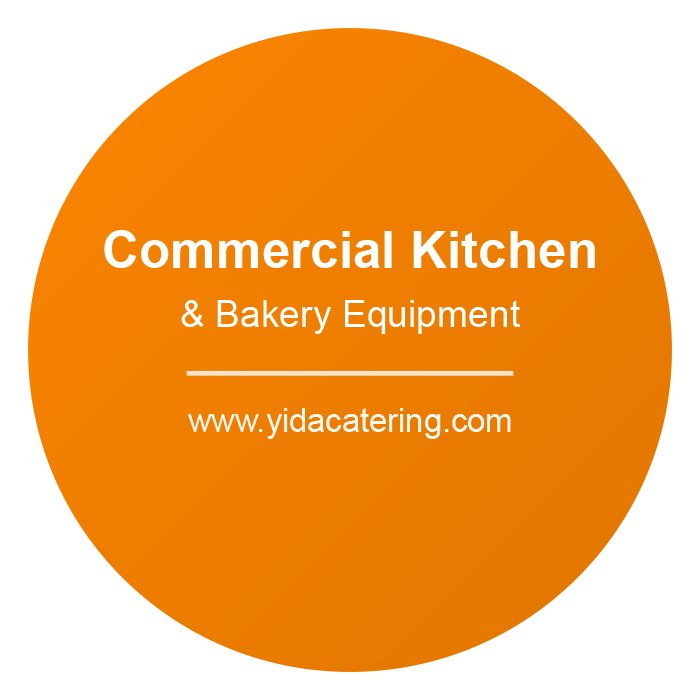Running a successful restaurant or catering business requires efficiency, consistency, and quality in food preparation. Among the essential tools for any food establishment are meat slicers, grinders, and sausage stuffers. These machines not only save time but also improve the quality of your dishes, helping you meet customer expectations while reducing operational costs. In this guide, we’ll walk you through everything you need to know about choosing the right equipment for your business.
Why Invest in Meat Processing Equipment?
Investing in high-quality meat processing equipment is crucial for any business that handles meat regularly. Here’s why:
- Time Efficiency: Automating meat slicing, grinding, and stuffing reduces manual labor and speeds up food preparation.
- Consistency: Machines ensure uniform cuts, grinds, and stuffing, which is essential for presentation and cooking consistency.
- Cost Savings: By purchasing whole cuts of meat and processing them in-house, you can reduce expenses compared to buying pre-processed products.
- Customization: These tools give you control over portion sizes, grind textures, and sausage recipes, allowing you to tailor products to your menu.
Meat Slicers: Features to Consider
A meat slicer is an indispensable tool for slicing meats, cheeses, and even vegetables. Here’s what to look for when choosing one:
1. Blade Size
- Small Blades (9-10 inches): Suitable for light-duty slicing in small establishments.
- Medium Blades (11-12 inches): Ideal for medium-volume operations.
- Large Blades (13+ inches): Designed for heavy-duty use in high-volume kitchens.
2. Manual vs. Automatic
- Manual Slicers: Require the operator to push the meat across the blade. Best for low-volume operations.
- Automatic Slicers: Move the meat automatically, saving time and effort. Perfect for busy kitchens.
3. Motor Power
Higher horsepower ensures the slicer can handle tougher cuts of meat without overheating. Choose a slicer with a motor that matches your volume needs.
4. Ease of Cleaning
Look for slicers with removable parts and smooth surfaces to ensure quick and thorough cleaning, which is critical for maintaining hygiene standards.
Meat Grinders: What to Look For
A meat grinder allows you to grind meat to your desired texture, whether for burgers, meatballs, or sausages. Here are the key factors to consider:
1. Grinding Capacity
- Measured in pounds per hour, choose a grinder that matches your business’s daily meat processing requirements. Small grinders handle around 100 pounds per hour, while industrial models can process over 1,000 pounds.
2. Plate Sizes
Grinding plates determine the texture of the meat:
- Fine Plates: For smooth textures, like pâtés or sausages.
- Medium Plates: Best for burgers and general use.
- Coarse Plates: Ideal for chili or stew meat.
3. Material and Durability
Stainless steel grinders are more durable, easier to clean, and resistant to rust compared to aluminum models.
4. Power Source
- Electric Grinders: Suitable for high-volume operations.
- Manual Grinders: Cost-effective but labor-intensive, best for low-volume or specialty tasks.
Sausage Stuffers: Choosing the Right Model
If sausages are part of your menu, a sausage stuffer is a must-have. Here’s what to consider:
1. Stuffing Capacity
- Small stuffers (5 pounds or less) are great for small batches.
- Larger models (10-20 pounds) are better for high-volume production.
2. Vertical vs. Horizontal
- Vertical Stuffers: Compact and ideal for smaller spaces.
- Horizontal Stuffers: Offer better stability and are easier to use for large batches.
3. Manual vs. Electric
- Manual Stuffers: Affordable and straightforward, but slower.
- Electric Stuffers: Faster and more efficient, perfect for large-scale operations.
4. Nozzle Sizes
Multiple nozzle sizes allow you to create sausages of varying diameters, from breakfast links to bratwursts.
General Considerations for All Equipment
When purchasing any meat processing equipment, keep these factors in mind:
1. Space Requirements
Measure your kitchen space to ensure the equipment fits comfortably without disrupting workflow.
2. Safety Features
Look for safety mechanisms such as blade guards, non-slip bases, and automatic shut-off functions to protect your staff.
3. Ease of Maintenance
Choose machines with easily removable parts and minimal crevices to simplify cleaning and maintenance.
4. Warranty and Support
Invest in equipment with a solid warranty and reliable customer support to ensure long-term value.
Tips for Maximizing Your Investment
- Train Your Staff: Proper training ensures that your team can operate the equipment safely and efficiently.
- Regular Maintenance: Schedule routine cleaning and maintenance to extend the lifespan of your machines.
- Buy for Scalability: Anticipate future growth and choose equipment that can handle increased demand.
Conclusion
Choosing the right meat slicers, grinders, and sausage stuffers for your business is an investment that pays off in efficiency, quality, and customer satisfaction. By understanding your operational needs and the features of each machine, you can make an informed decision that supports your business’s success. Whether you’re running a small café or a large restaurant, the right equipment will streamline your processes and elevate your menu offerings.

